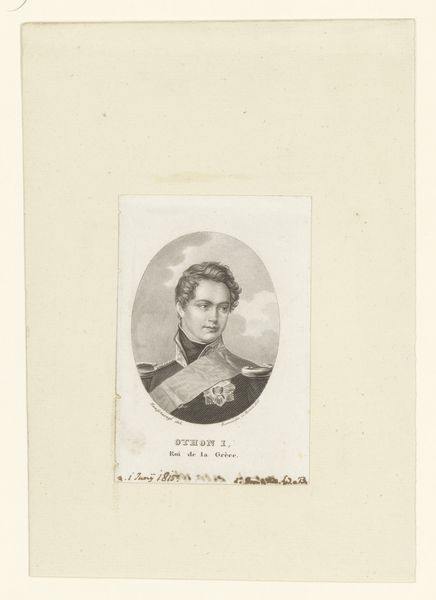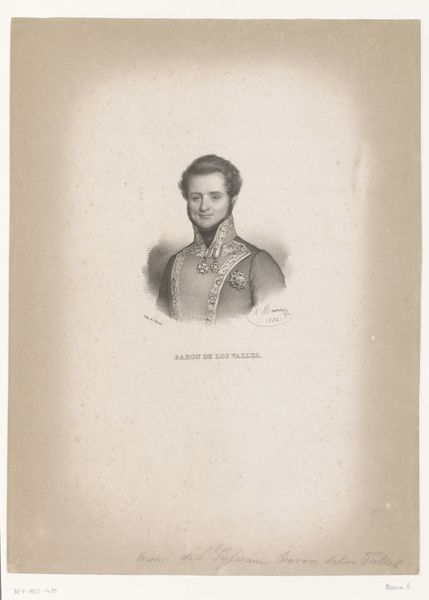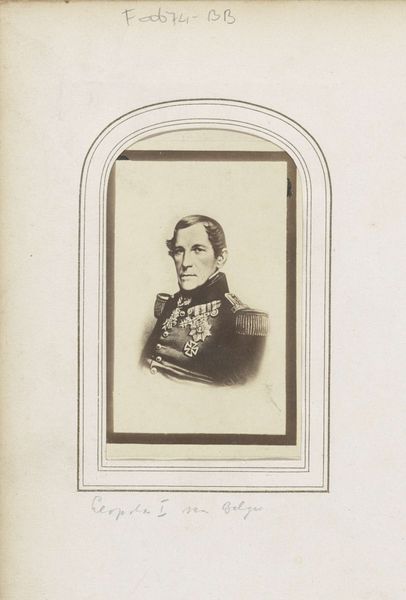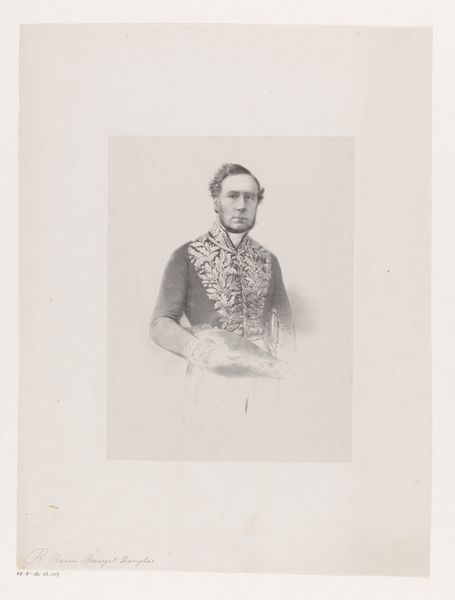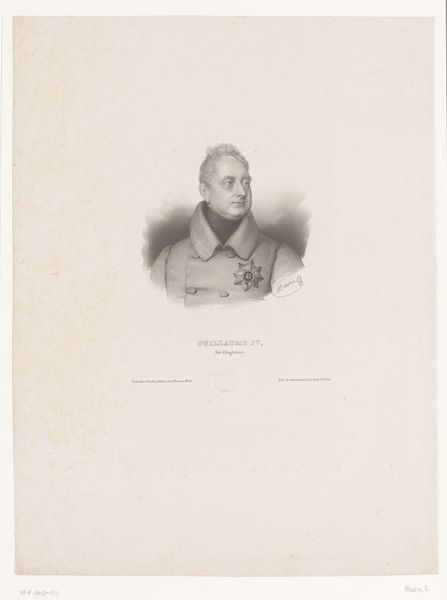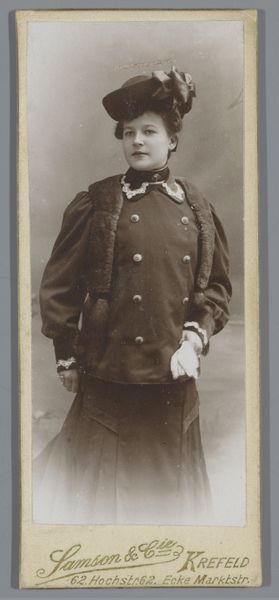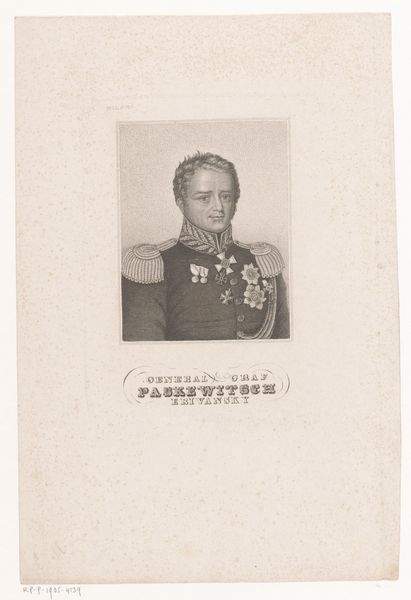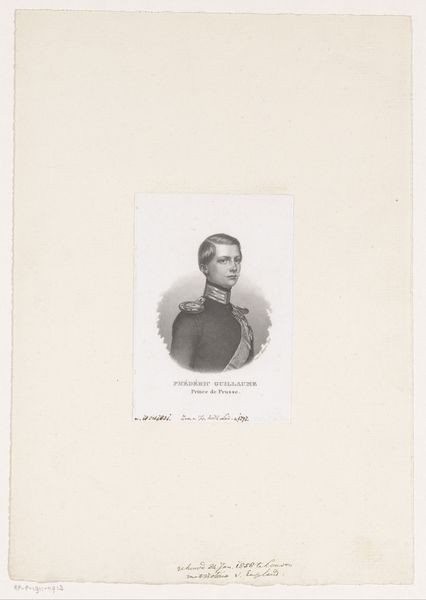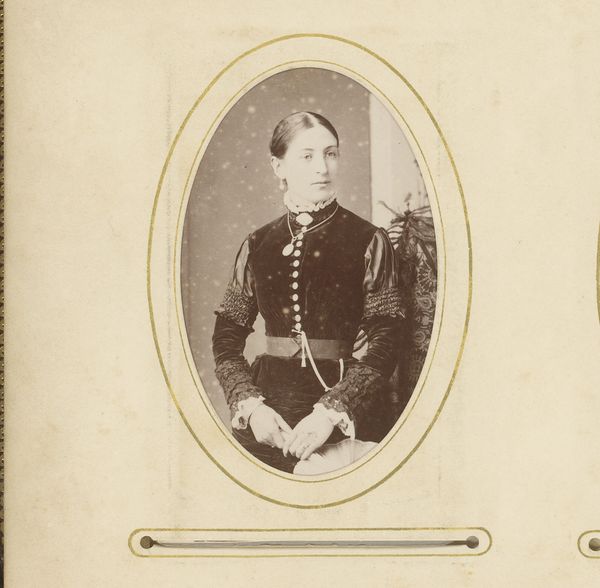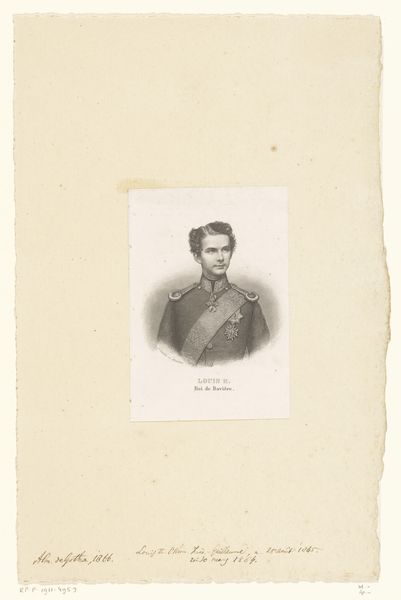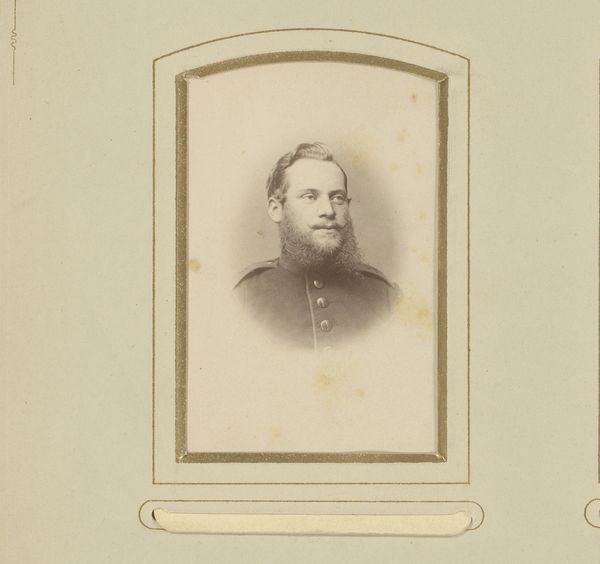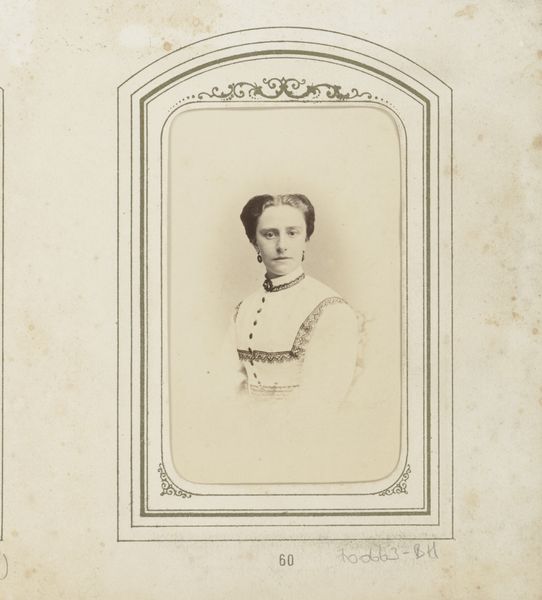
print, engraving
#
portrait
#
neoclacissism
# print
#
archive photography
#
historical photography
#
history-painting
#
academic-art
#
engraving
#
realism
Dimensions: height 108 mm, width 73 mm
Copyright: Rijks Museum: Open Domain
Editor: So this is Carl Mayer’s “Portret van Karel Lodewijk, aartshertog van Oostenrijk," dating from 1833 to 1868. It's an engraving. There's something almost haunting about it. It reminds me a bit of archive photography, because of the print medium and subject's antiquated style. What stands out to you? Curator: This engraving highlights the evolving role of portraiture in the 19th century. We see a move away from exclusive oil paintings towards more accessible forms like prints. This shift democratized access to imagery of power, impacting the construction and dissemination of celebrity culture, even in royal and aristocratic circles. How does this contrast with earlier forms of royal portraiture? Editor: It's much more understated than I'd expect! Kings being on horseback, that sort of thing. Was the style an intentional choice? Curator: Precisely. Consider the rise of Realism during this period. The seemingly straightforward depiction also reflected the complex negotiations between artistic movements and social expectations surrounding leadership. Does the 'historical photography' tag surprise you? Editor: It does. What are your thoughts on the relationship between traditional artistic categories and our modern perception through digitized lenses? Curator: It demonstrates how our contemporary classifications like ‘historical photography’ impact and, perhaps, constrict how we approach art from the past. These labels shape how the art circulates today and within what frameworks we value them. What implications might that have for how people engage with art history in the future? Editor: That's fascinating. It makes you realize that these are not neutral depictions but constructs shaped by social and artistic currents. Curator: Exactly. Examining these works encourages us to think critically about how institutions shape artistic legacy. I am going to look into archive photography, there is plenty more to uncover in relation to political imagery and democratization.
Comments
No comments
Be the first to comment and join the conversation on the ultimate creative platform.
